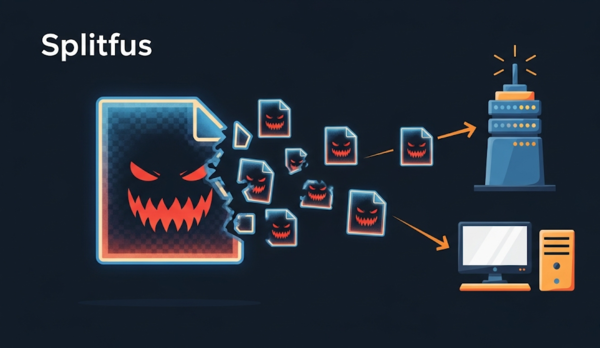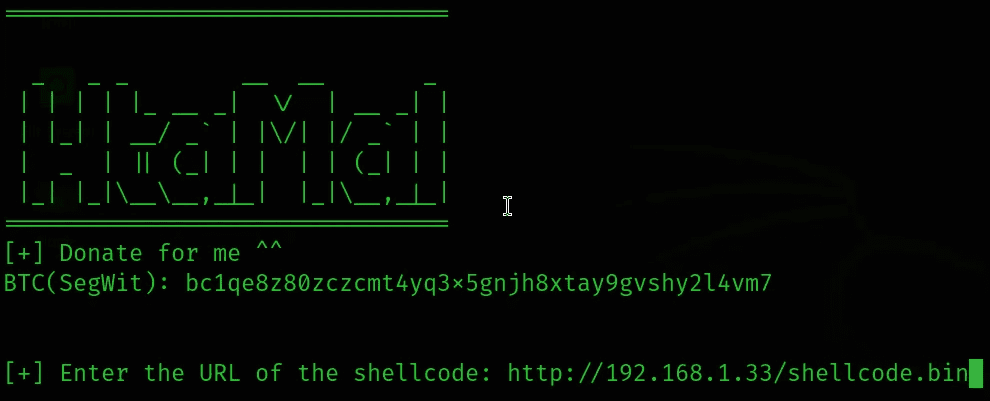There were a few phone calls I remember very well. The content is summarized as follows:
| Join the channel Telegram of the AnonyViet 👉 Link 👈 |
“Yes andeh?n Dyes veh?i Dehn Deh?thahng Online cincubateabyesn. WOMENunmarketableUByesncooh theh? boweh?p for tumbrellaitHeyn Deh?y Dincubatesoh theh? tiendmoundpeopleah Dpoopa chdepend on paymentAsianncincubateabyesn, chupeopleumbrellaiswill hourherIunmarketabletelevisioneh?n Dyes nahmedicine for youyesright nowehPTstasisc” ngughI mustmound n, noohiveh?imotimeomgng Diehu thâexamehnvah changeHeydoubtehp informed me on the other end of the line.
I was 14 years old thendrivei, vah tahisherntahI onlyieonly houseeh?tcincubateatumbrellailah a few bucks perhaps for every hour of school recess.
“I can’teh? tiendmoundng“ tumbrellaibohirohI supporther luhi. The other end of the line breathes dahi don’tooh chpoopuvah ngehlastocgomgi.
This woman’s script didn’t apply to me, so of course I kept my cool, didn’t panic, and answered confidently. However, imagine if I actually ordered Online. Depending on the situation, I may have provided the information requested by her out of a desire to receive the item quickly. With the information that the woman on the other end of the line can exploit, you will accidentally lose your credit card number into the wrong hands and obviously the money in the bank will be completely withdrawn, or take advantage of your personal information. to commit other illegal acts.
This type of technique is called social engineering aka manipulate. Like Carrie Anne explained in Hackers & Cyber AttacksSocial engineering is the most common hack – by creating a compelling excuse, attackers can trick victims into providing sensitive, personal information. Why does this happen?
Scammers always try to convince the victim to automatically provide necessary information such as account, password, email, banking information, and attackers use the victim’s account information. individuals to hold their financial assets. Others have more of a “hostage” flavor; For example, attackers threaten victims with ransom demands. You can learn more about it by listening The Snapchat Thiefa great podcast episode of Reply All .
Professor Das in the writing “A non-technical introduction to network security” suggests that there could be more to it. The idea of understanding the psychology of attackers is fascinating. It’s like any other crime – people do it for all sorts of reasons: revenge, fame, or maybe justifiable reasons. Issues related to privacy and security are not strictly technical, but more related to the social and behavioral sciences. What do people value, what do they try to protect? What do people want, why do people hack?
The last question is how can we keep momgi amughi safe. You can read through a series of series online security methods. However, an important component is people, and understanding human behavior will help us understand privacy issues more closely. For starters, we should acknowledge that everyone has different definitions and expectations about privacy. Privacy practices may work for user A, but not for user B. Another thing to consider is how people handle detection of compromised privacy. Some people will be stressed and scared, others will calmly deal with the problem. Under these circumstances will be an interesting and necessary challenge as we delve deeper into the topics of privacy and security.












